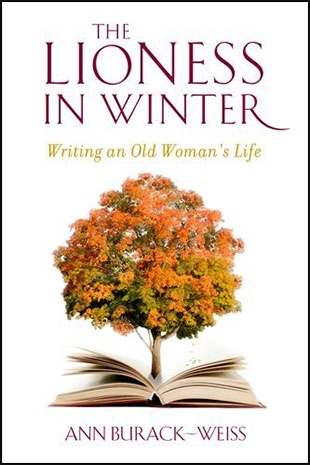Ann Burack-Weiss is a social work practitioner, educator, and consultant who taught two generations of students at the Columbia School of Social work and is now an associate faculty member in Columbia’s Program of Narrative Medicine. She was 70 years old when she started work on his book and it took eight years to finish it.
Given the diverse experiences and approaches to conscious aging, Burack-Weiss decided to follow the advice of Nancy Miller who has observed: "We read the lives of others to figure out how to make sense of our own, and in the process we also admit to our wishes for a future."
Although the author chimes in with details from her own life story, most of the book is given to inspiration from 40 female writers who offer solid and substantial pieces of wisdom about handling loss, facing the body’s decrepitude, nurturing relationships, and deriving pleasure and pain from the little things in life. Or as Burack-Weiss puts it:
"Longing for a range of perspectives on the experience I am going through, words that open me up to new ways of viewing the life I now live day by day, I turn to the authors quoted in these pages. They did not preach or teach. They simply mined their own lives to come up with a unique view of the aging experience, climbing a mountain of time, pausing on the level ground to describe the view."
For thoughts about places and their importance in our lives, Burack-Weiss turns to works by Lynn Sharon Schwartz, Edna O’Brien, and Mary Catherine Bateson. For insights on the first year of widowhood, the author choose memoirs by Joan Didion, Joyce Carol Oates, and Kay Redfield Jamison. And for writing about the notion of a diminished life enhanced by attention, Burack-Weiss selected Diane Ackerman, M.F.K. Fisher, and Doris Grumbach.
It is helpful to know that there are so many fine accounts that can guide women through this complicated and rewarding stage of life. The "Annotated Reading" list at the back will be welcomed by individual women and book clubs.
